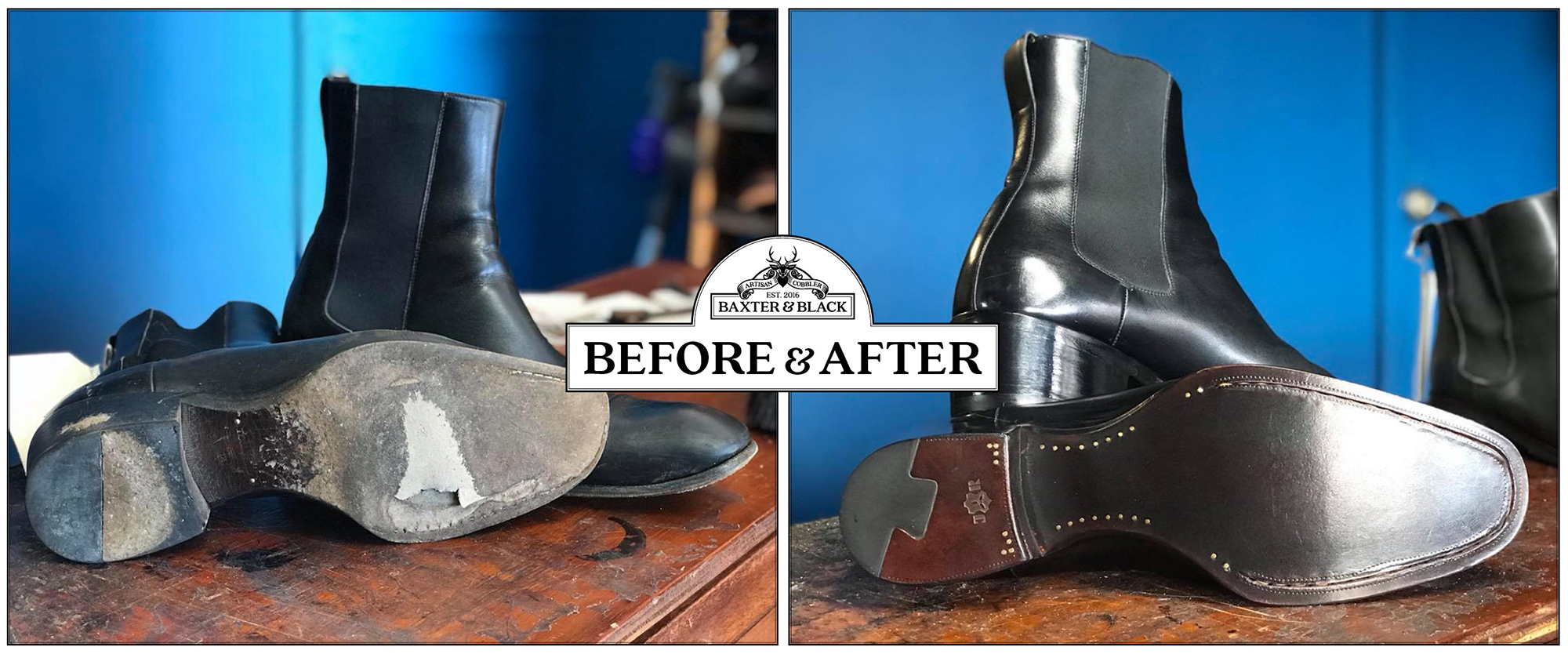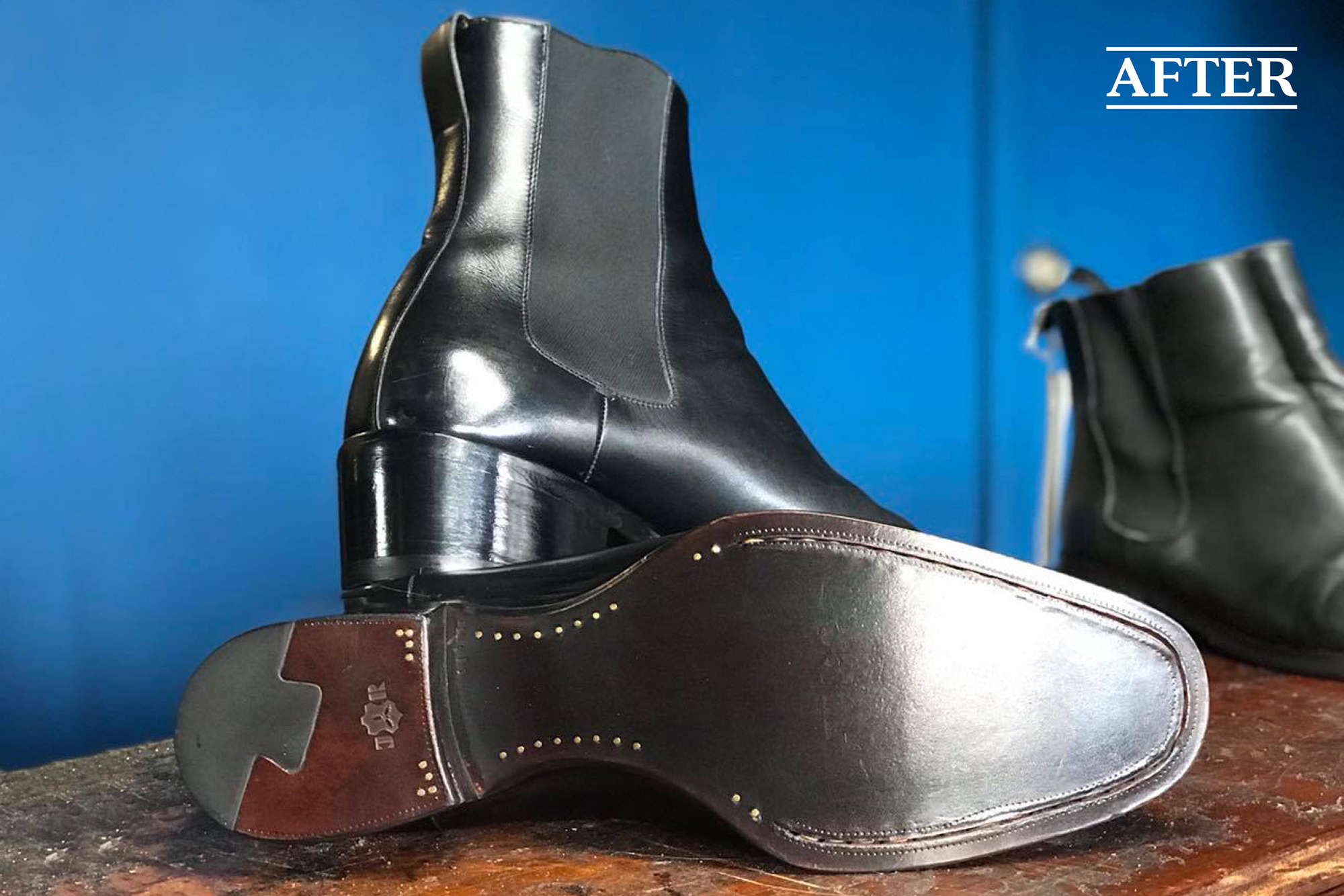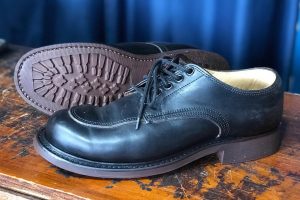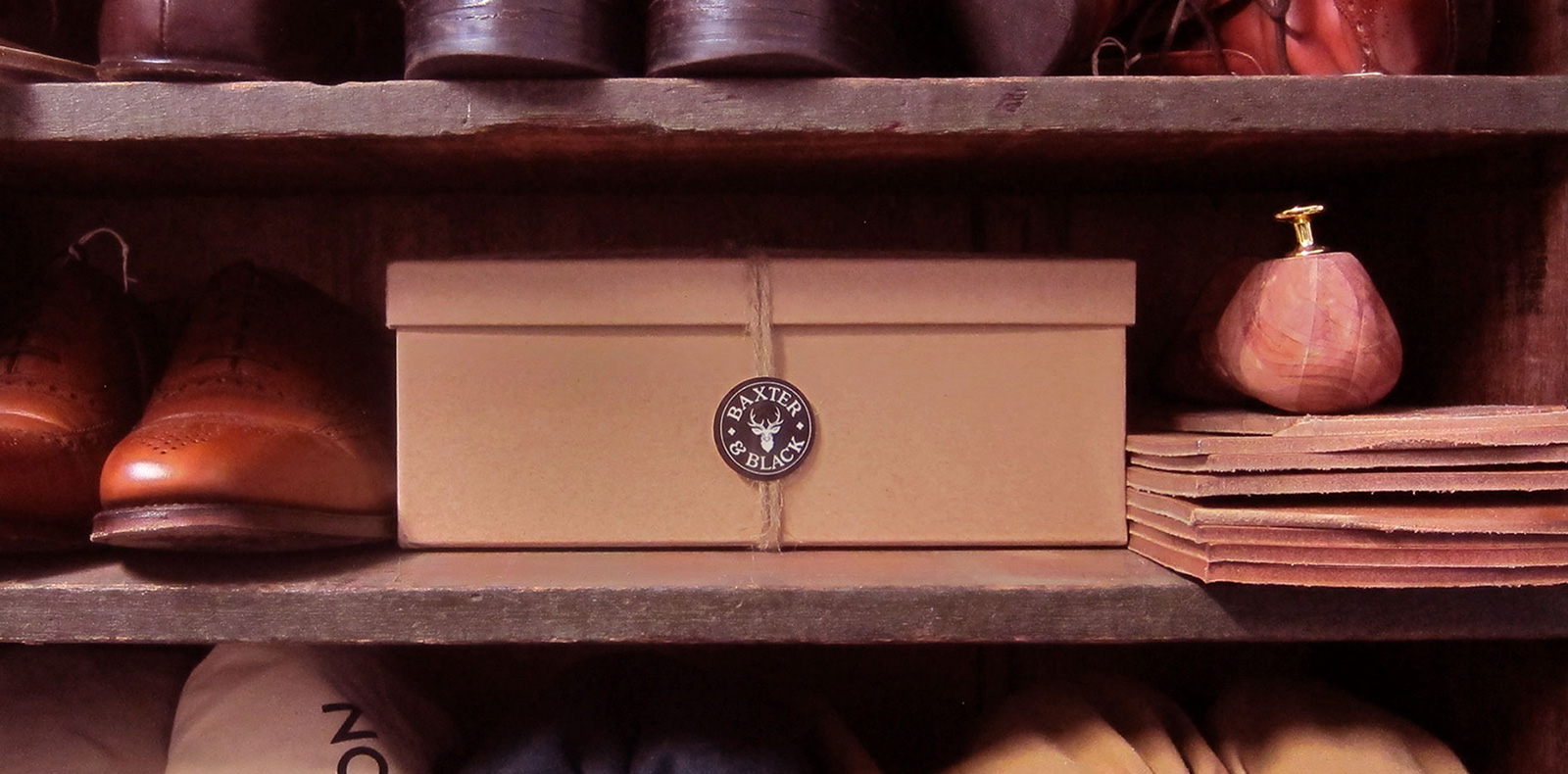
Tom Ford Boots with a JR Sole and Dovetail Heel
A client brought these in after travelling all the way from Moss Vale. They were wanting us to recreate the boot by giving them a Baker Leather Sole and JR Heel. The problem with having ‘go-to boots’ is they take a lot of punishment. Before you know it, you have worn a hole in them to the point where they are unusable. Unfortunately, these Tom Ford Chelsea boots had worn through the double leather sole. Additionally, the forefoot and the heel were badly worn.
The client wanted these back to an ‘as new’ condition. With the knowledge, he would go back to wearing them all the time. We chose the Baker leather sole and a softer vegetable-tanned midsole to provide premium durability, whilst keeping flexibility.
The Baxter & Black Process…
- This was a gut and recraft using a Baker Leather Sole and JR Heel, so we stripped everything off from the welt down.
- Cutting off the sole layers and popping off the heel block revealed a foam spacer between the footbed and midsole. We stripped that off and replaced it with cork.
- As the cork dried we unpicked the welt stitches. Additionally, we roughly sanded the initial facing side of the veg-tan midsole. We also did this to the inside of the Bakers leather sole.
- next, we applied two layers of glue to the cork/welt. Furthermore, we roughly sanded the midsole and we put them aside to dry.
- After this, we applied two layers of glue to the Baker sole and set aside for it dry. We paid special attention to making sure there was a uniform layer of glue over the glued surface once dry.
- We heated the midsole, recorked bottom and welt. Along with this, we placed them together applying modest pressure and ensuring a solid edge bond is achieved. We set this aside to dry.
- Next, we cleaned up the original heel block and took off the old heel top lift. We used this as a template to cut out the JR dress heel into the right shape.
- We roughly sanded the midsole attached to the boot. As well as that, we roughly sanded the JR dress heel. Additionally, we applied layers of glue to the midsole and to the JR dress heel and set them aside.
- We used heat to reactive the glue on the midsole. We also heated the Baker sole and pressed them together and put them aside.
- After the glue has cured we trimmed the leather sole to the welt edge. As well as that we marked out on the sole the position of the heel block.
- Copying the original way the sole was sole-stitched, we marked out the edge distance from the sole. From this, we did a 90-degree knife cut along the marked line.
- Next, we welt-stitched the sole, boned the leather where we had stitched, and hammered in the decorative nails at the waist.
- We fitted the heel block and secured it with buttress nails and fit the JR dress heel
- We finely sanded the heel block and sole edge. As well as that, we waxed the heel block and sole edge, finally setting the edges with edge irons.
- Finally, we dyed the leather sole and heel and polished the upper with Saphir Crème 1925 Shoe Polish.














